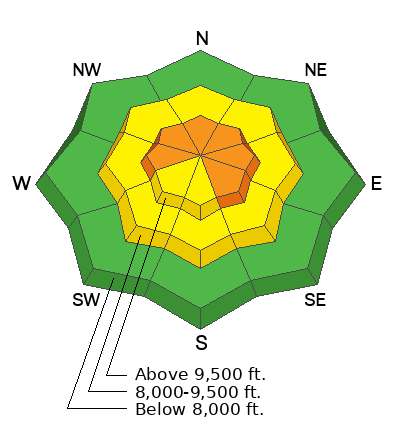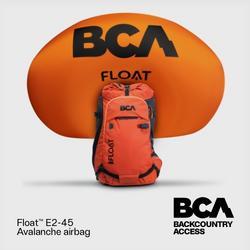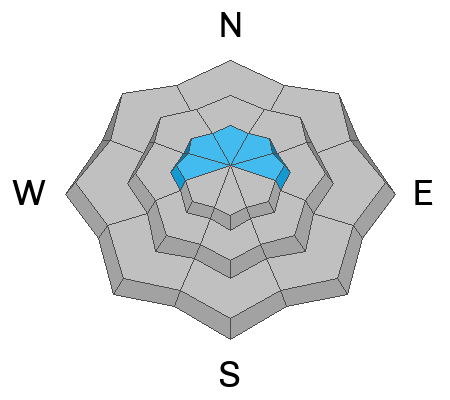Forecast for the Skyline Area Mountains

Issued by Brett Kobernik on
Tuesday morning, January 10, 2023
Tuesday morning, January 10, 2023
The overall avalanche danger is rated CONSIDERABLE today.
Watch for cracking within the new snow especially on the northern Skyline which received a foot of new snow.
The added weight from this storm also increases the chances for triggering a deeper avalanche that breaks into old weak snow from November.
It's wise to avoid slopes steeper than 30˚ as this storm progresses. My hunch is that the snow will all stay in place but I'll feel a lot better about the deep weak layer if we get through this storm with no avalanches.

Low
Moderate
Considerable
High
Extreme
Learn how to read the forecast here





